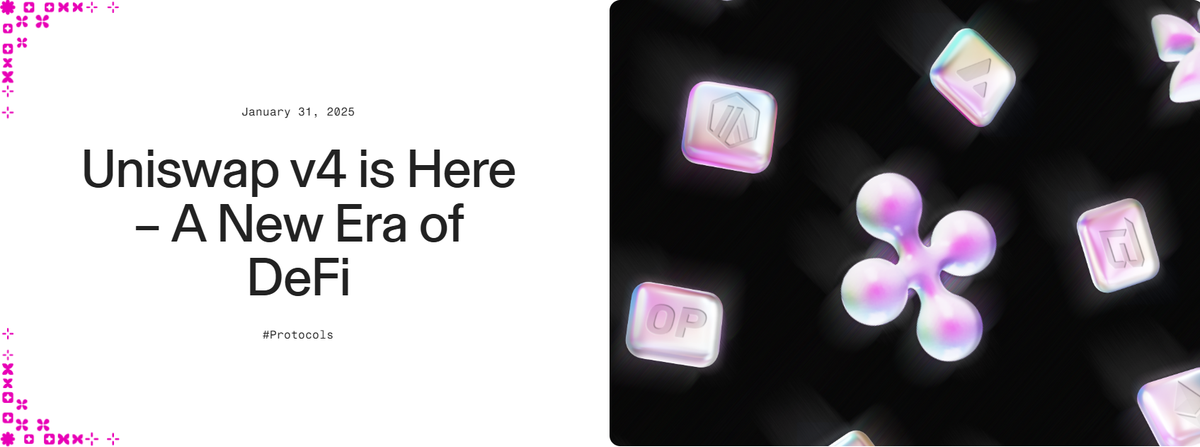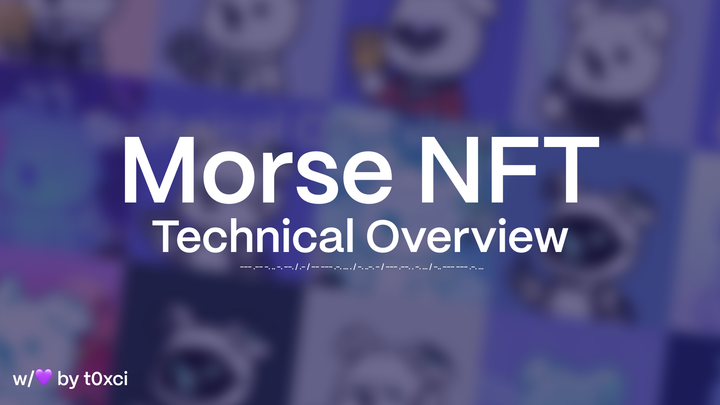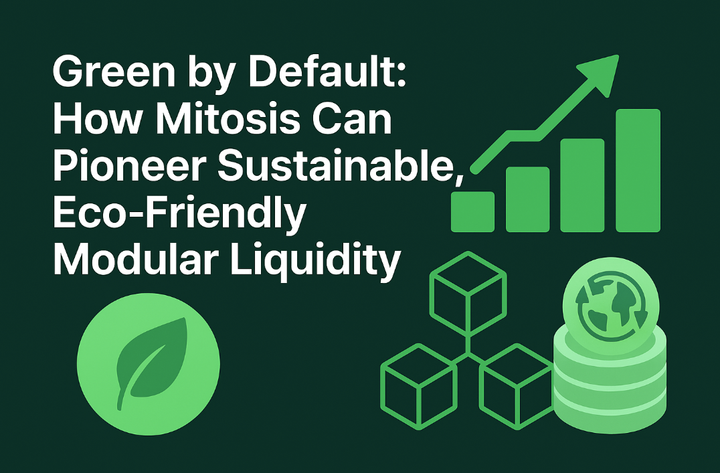Uniswap v4 Launches “Permissionless Templates”: What Modular Builders in Mitosis Can Learn

Introduction
On July 4, 2025, Uniswap Labs officially launched Uniswap v4, a major protocol upgrade introducing Hooks and Permissionless Pool Templates. This release empowers developers to build custom liquidity logic directly into pools, redefining what it means to deploy DeFi infrastructure.
This move towards "modular AMMs" mirrors a growing trend: composability-first systems where anyone can fork, customize, and extend functionality. And it perfectly aligns with Mitosis's modular design ethos.
In this article, we explore what Uniswap v4 brings to the table, how Permissionless Templates work, and how Mitosis dApp builders from Matrix Vaults to YieldKingZ can leverage the same design principles.
What Are Permissionless Pool Templates?
In Uniswap v4:
- Developers can create pools with custom smart contract hooks
- These hooks run logic before, after, or during swaps
- Anyone can deploy a new pool template without governance approval
Some use cases include:
- Time-weighted average market makers
- Dynamic fee curves (based on volatility, demand)
- On-chain limit orders or MEV-protected swaps
This transforms liquidity pools from static contracts into programmable modules.
Modularity in Action: Uniswap vs Mitosis
| Feature | Uniswap v4 | Mitosis Ecosystem |
|---|---|---|
| Customization | Hooks + Templates (v4) | Modular dApps, open SDK |
| Liquidity Layer | AMM-focused | Programmable Matrix Vaults |
| Governance Model | Labs + token | Morse DAO |
| Ecosystem Integration | ERC-compatible only | Multi-rollup, chain-agnostic |
| Composability | Hook-driven logic | Appchain-native liquidity routing |
Uniswap opens modularity in liquidity parameters; Mitosis opens modularity in liquidity networks.
Lessons for Mitosis Builders
- Custom Logic as a Norm
- Just like Hooks, Mitosis builders can propose custom logic inside Matrix Vaults (e.g. gamified slippage curves, DAO-based rebalancing).
- Permissionless Vault Deployment
- YieldKingZ or MikadoHUB could enable permissionless game modules: mini-games, raffles, or leaderboards with programmable MITO yield logic.
- SDKs + Templates
- Standardized contract templates for new Mitosis dApps (e.g. mini-DEXes, game quests, yield routes) could supercharge ecosystem growth.
- Multi-chain Hooks
- Unlike Uniswap, Mitosis can implement cross-rollup hooks: logic that executes across Hyperlane or zkLog-connected chains.
Future Potential: Mitosis = Modular Everything
Uniswap v4 is AMM modularity. Mitosis is ecosystem-level modularity. It goes beyond swaps:
- Modular staking via Telegram (as seen in Mikado)
- Modular DeFi games via YieldKingZ
- Modular rollups powered by Matrix Vault liquidity
Mitosis developers should embrace the signal: build tools, not just dApps. Build frameworks that others can fork, remix, and evolve.
Conclusion
Uniswap v4's Permissionless Templates are more than an AMM upgrade they're a philosophical shift. DeFi is becoming programmable from the ground up.
Mitosis has the opportunity to lead this movement in the modular liquidity space. By drawing inspiration from Uniswap v4 and pushing even further with multichain-native modular design, Mitosis can be the foundation where the next wave of permissionless innovation begins.



Comments ()